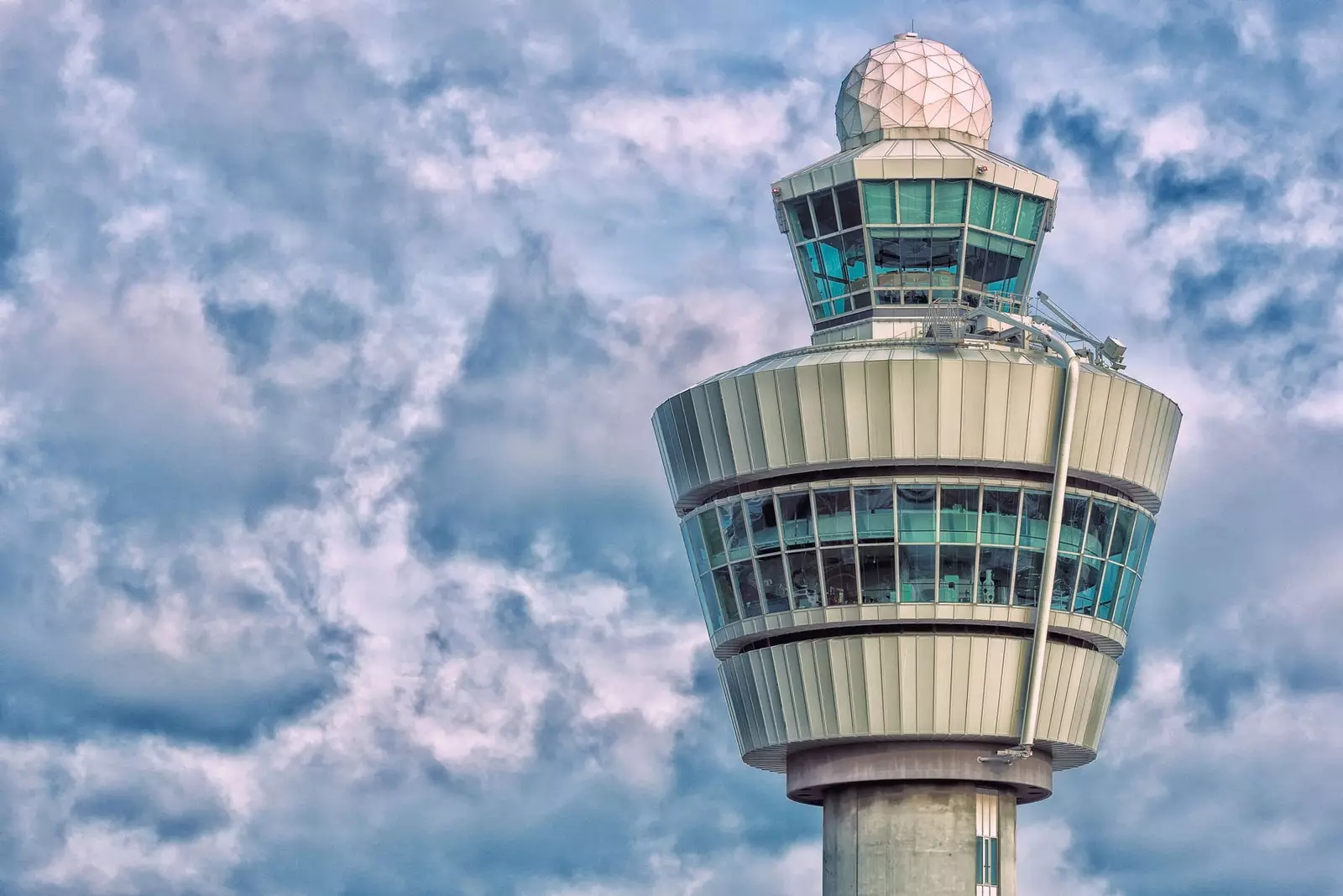
Safety, order and fluidity are the three fundamental concepts of air traffic control
Eduardo Carrasco is 45 years old and has been controlling airplanes for 16 years. Now, in addition, he also combines his daily chores with the task of supervisor and instructor. It depends on him, and on so many other companions the safety on land and in the air of millions of passengers a year. They don't fly planes, but they are the eyes on the ground for any aerial maneuver worth its salt.
"Good afternoon, Iberia 2145 request permission to take off" , sounds from the cockpit of a plane located in Barcelona with 215 passengers on board bound for Madrid. “Iberia 2145, authorized takeoff runway 25L (add here the weather conditions of that moment) good flight”, they respond from the control tower. “Iberia 2145, take off runway 25L. Thank you very much".
This isn't a real conversation, but it could be. The permanent contact of aviators and controllers, both on the ground and in flight, serves so that every day millions of requests to take off, land, change altitude or speed or whatever is necessary, at all airports in the world. And here an engine is not started without an air traffic controller authorizing it.
As a curiosity, on this fictitious flight between Barcelona and Madrid that has just taken off from runway 25L at El Prat, the pilot communicates, during his trajectory, with about 16 controllers , 8 in Madrid, between tower controllers and the Madrid-Torrejón Control Center and another eight in Barcelona, who guide you in the safest and fastest way (as far as possible, and here there is always a riff-raff between pilot and controller) from one destination to another. Tra, tra.
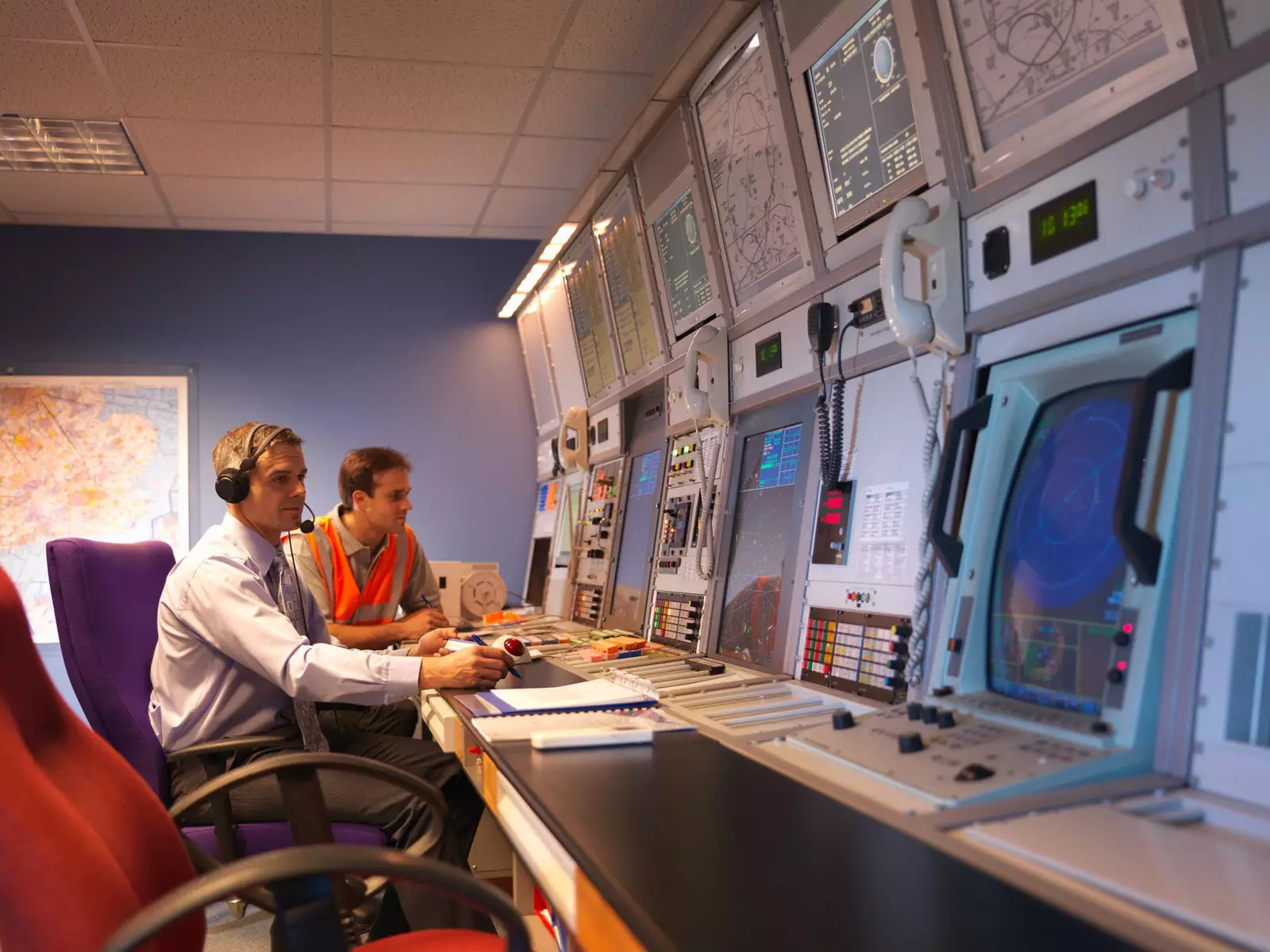
Spanish air control manages 2.2 million square kilometers of airspace
Sticking to the strictest sense of the profession, "an air traffic controller is a professional who is dedicated to manage and direct the traffic of aircraft under a specific jurisdiction from a Control Center (ACC) or a Control Tower”, says Eduardo Carrasco. Clearer, water.
Controllers also work under a basic premise: to prevent collisions or approaches between aircraft and between aircraft and other vehicles at an airport, following the three fundamental concepts of air traffic control: safety, order and fluidity, “in that precious order”, Carrasco clarifies. And yes, precision is everything here.
But if so much control is exerted by the, excuse the redundancy, air traffic controllers, what do the pilots of the planes paint in this equation between land and air? "It's about teamwork" says the professional. And indeed, one is nothing without the other, especially in delicate situations such as bad weather, saturation, etc. , but also on a day-to-day basis.
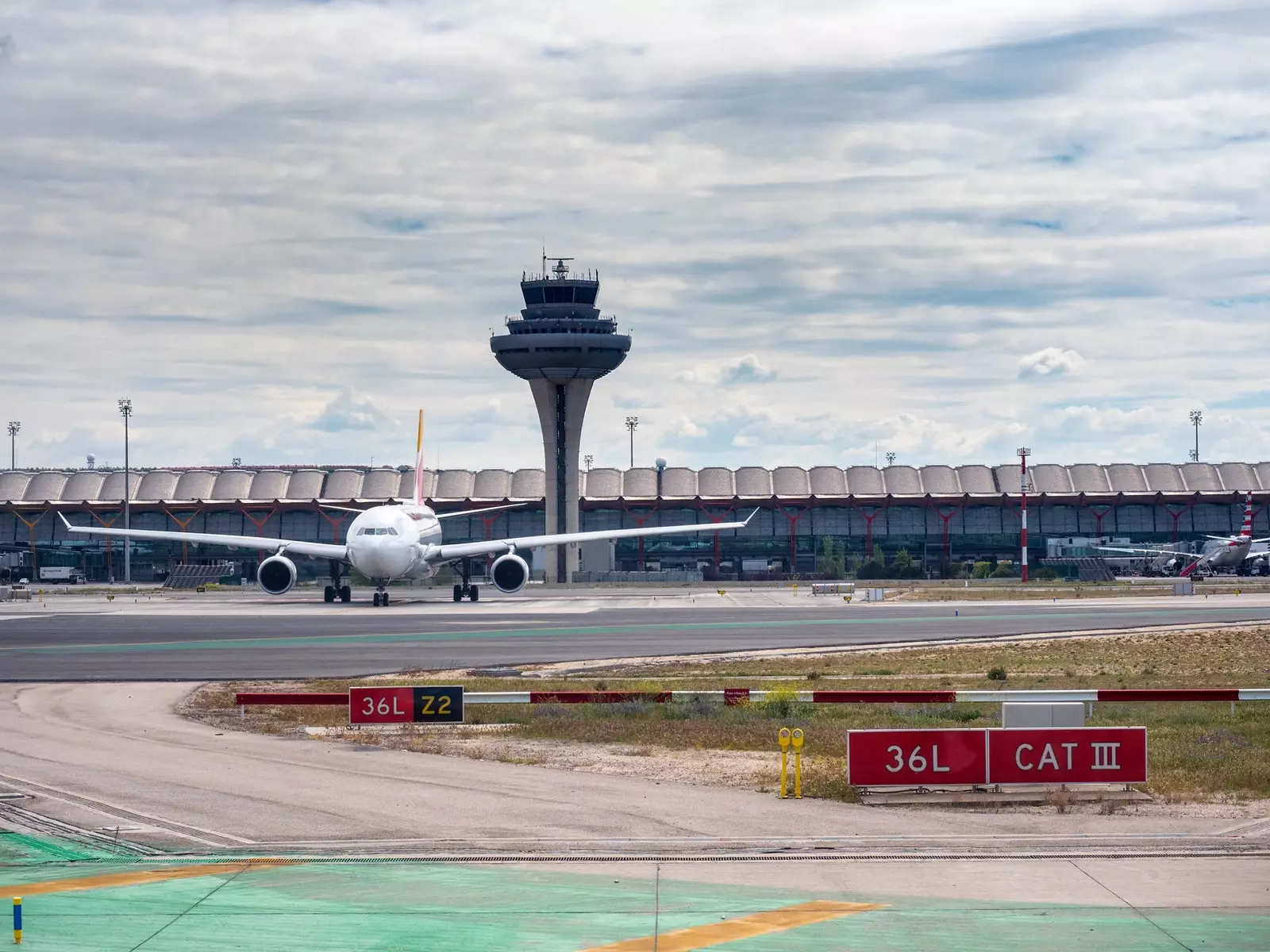
Terminal and control tower of Madrid airport
Carrasco says that "the work of controllers and pilots must be complemented so that traffic flows smoothly and allow to avoid excessive approaches or delays, to the extent possible”.
So that all this task can be fulfilled to the letter there are around 2,100 air traffic controllers in Spain, of which just over 1,800 are operational , and the rest carry out management or similar tasks.
The average age of the workforce is around 50 years old, the highest in Europe and, as is the case in the rest of the aeronautical sector, only a third of the controller workforce are women.
Together they control more than 2 million flights a year and in order to carry out its work, the Spanish air control manages 2.2 million square kilometers of airspace from 5 Air Control Centers (Madrid, Barcelona, Canary Islands, Seville and Palma), there are also around 40 control towers spread throughout the national geography.
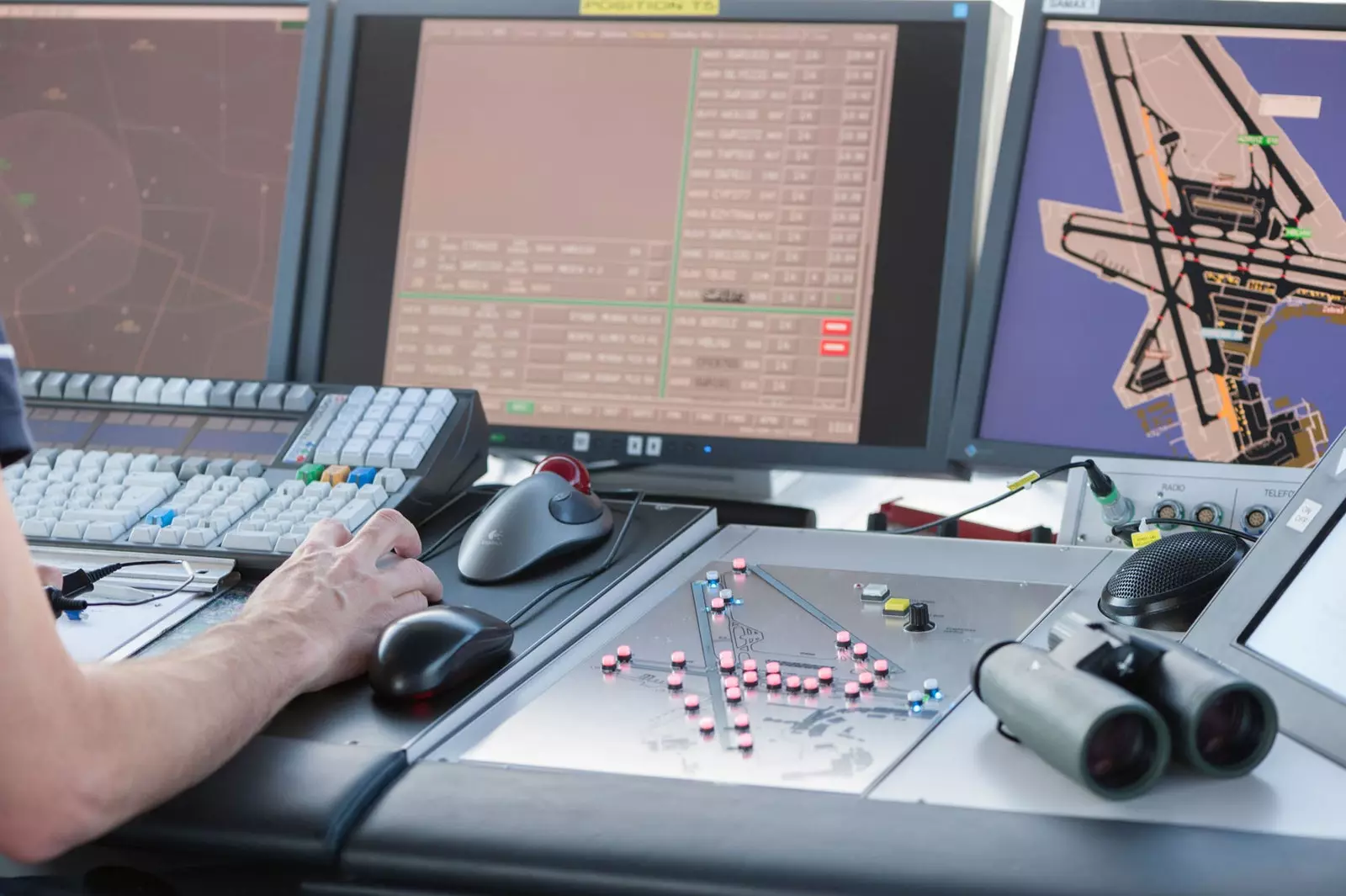
Accuracy is everything here
As is the case, in general, with aviation, the jobs generated by the sector are immensely vocational, so it is not surprising that when asked what Eduardo Carrasco likes most about his job, the answer be meridian: “air traffic controller work is exciting”.
The RAE defines 'adrenaline' as “an intense emotional charge” and I understand, as Carrasco continues arguing, that that's where the shots go.
“In addition to the feeling of public service that you perform, the work itself puts you in moments of great stress, with constant work peaks, unforeseen situations, moments of traffic saturation, etc. Finishing a difficult day, having experienced one of these situations and that, in the vast majority of cases, has turned out well because of your work combined with that of the rest of your colleagues, is one of the best feelings in the world. It is very difficult for you to get bored, ”she clarifies.
That said, a good shot of adrenaline that Carrasco receives in his day to day, in which "no one is the same as another, so defining a normal day is not easy”.
In any case, he tries: “There are easy days, difficult days, days when you go home with a smile and others when you leave thinking about what you could have done better. But in all of them, when you arrive and sit in your sector, you have to be prepared for what comes your way. Literally. Because planes, unlike ground vehicles, don't stop once they're in the air." Glups.
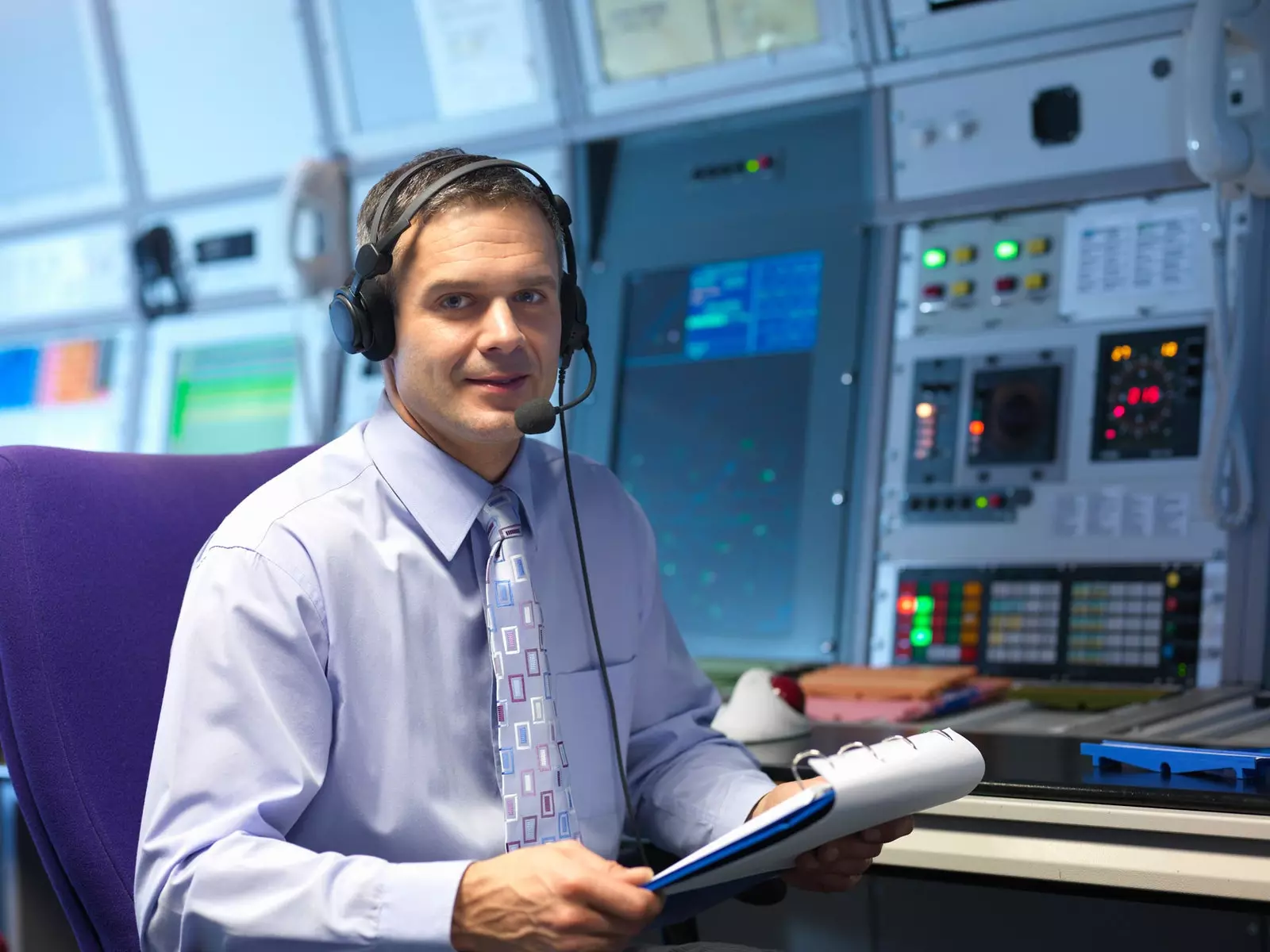
There are around 2,100 air traffic controllers in Spain
Leaving aside the control tower, the radars and the altitude or speed coordinates, Carrasco provides his vision of aviation in general, a sector that "has undergone a series of traumatic changes in recent decades, and not only in Spain" he says.
And he continues: “The issue is ultraliberalization, together with 'low costization'; they have invaded a sector that, on the other hand, is strongly regulated by regulations at all levels”.
A pressure cooker where many ingredients are cooked with not always an optimal cooking result: “Extreme pressure on operators and workers , to get the greatest possible economic benefit from scarce resources”.
And he continues adding salt to the matter: “In Spain, as in the rest of Europe, airline lobbies have pressured and achieved that the costs for the provision of the air traffic control service have been cut in recent years, which, together with traffic growth, has generated an increase in delays as a result of lack of investment. If there is no investment, new controllers are not hired, ergo the capacity of the sectors and airports decreases”. Tragic, I think, but I understand that there have to be solutions.
“When you want to remedy it, as is the case, it is too late because a controller takes about three years to train since he is selected in the hiring processes of each country”.
Carrasco believes that “More foresight and less short-termism are needed in order not to jeopardize the growth of a fundamental sector for the European economy, and very especially the Spanish, so strongly dependent on international tourism”. Not even the best chef could season the scene with better ingredients.
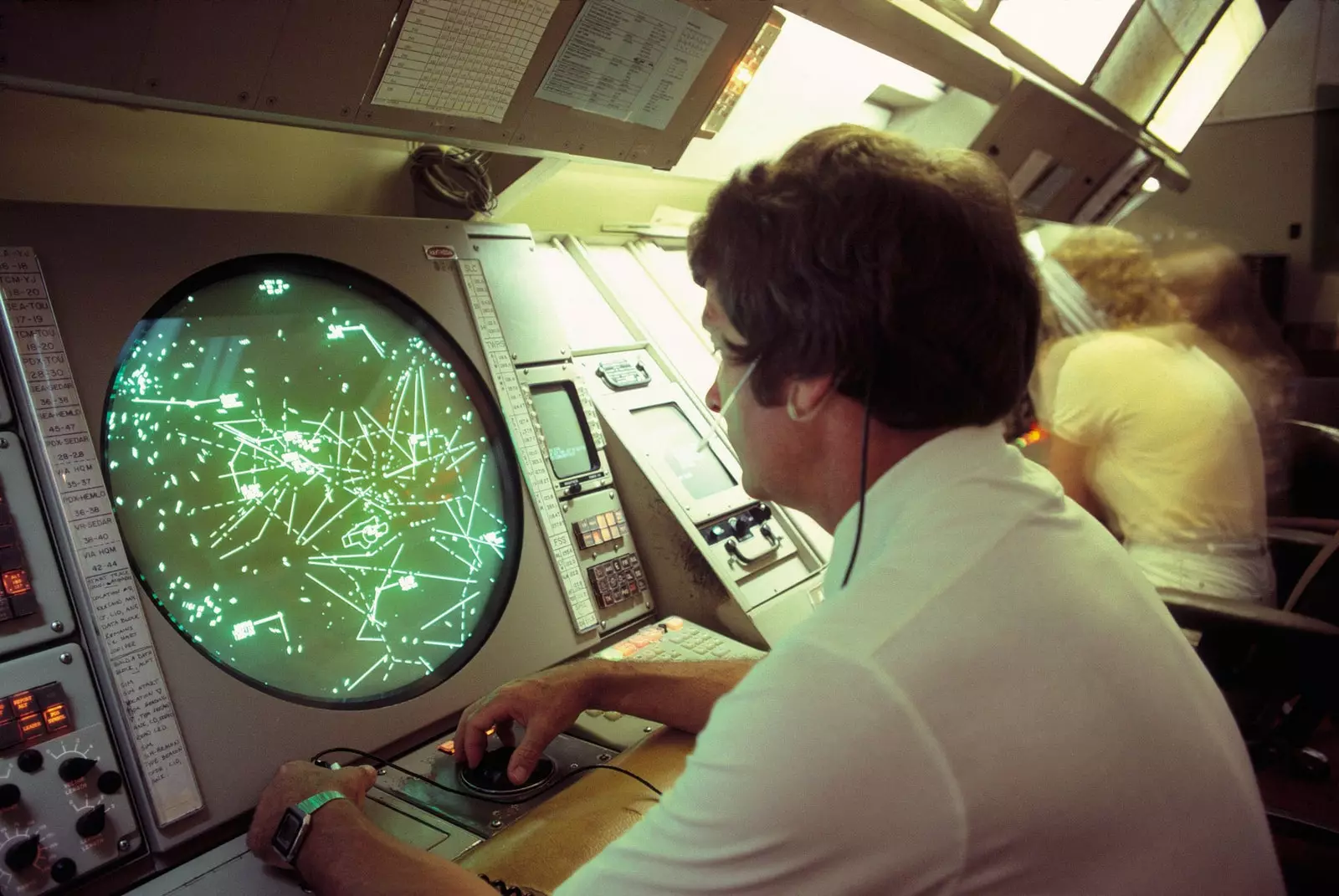
Everything you always wanted to know about the air traffic controller profession
THE MILLION QUESTION: HOW CAN I BECOME AN AIR TRAFFIC CONTROLLER?
The encyclopedia of air traffic control that Carrasco represents helps me define something that, although I have never thought it was simple, is even more difficult than I thought. The first thing we must do is differentiate, for comparative purposes, what existed before the 2010 decrees and after
Before, as in the rest of Europe and in the vast majority of the rest of the world, access to the profession was public, given the strategic nature and cost of training.
The former AENA (now ENAIRE) awarded scholarships to students after having passed a tough selection process and sent them to school, in SENASA, one of the most advanced in the world at that time. The school was constantly packed with students for years, and the teachers and instructors were active controllers who were seconded there on special assignment.
Since 2010, the training has been privatized, running the cost of the training at the expense of the student, "for which a discriminatory element was introduced that is inappropriate for a public job, the economic one," Carrasco clarifies.
Right now, access to one of the courses offered by private companies, and even SENASA, costs around €70,000 “and it does not guarantee you a job and it is good for nothing other than to act as an air traffic controller”, clear controller.
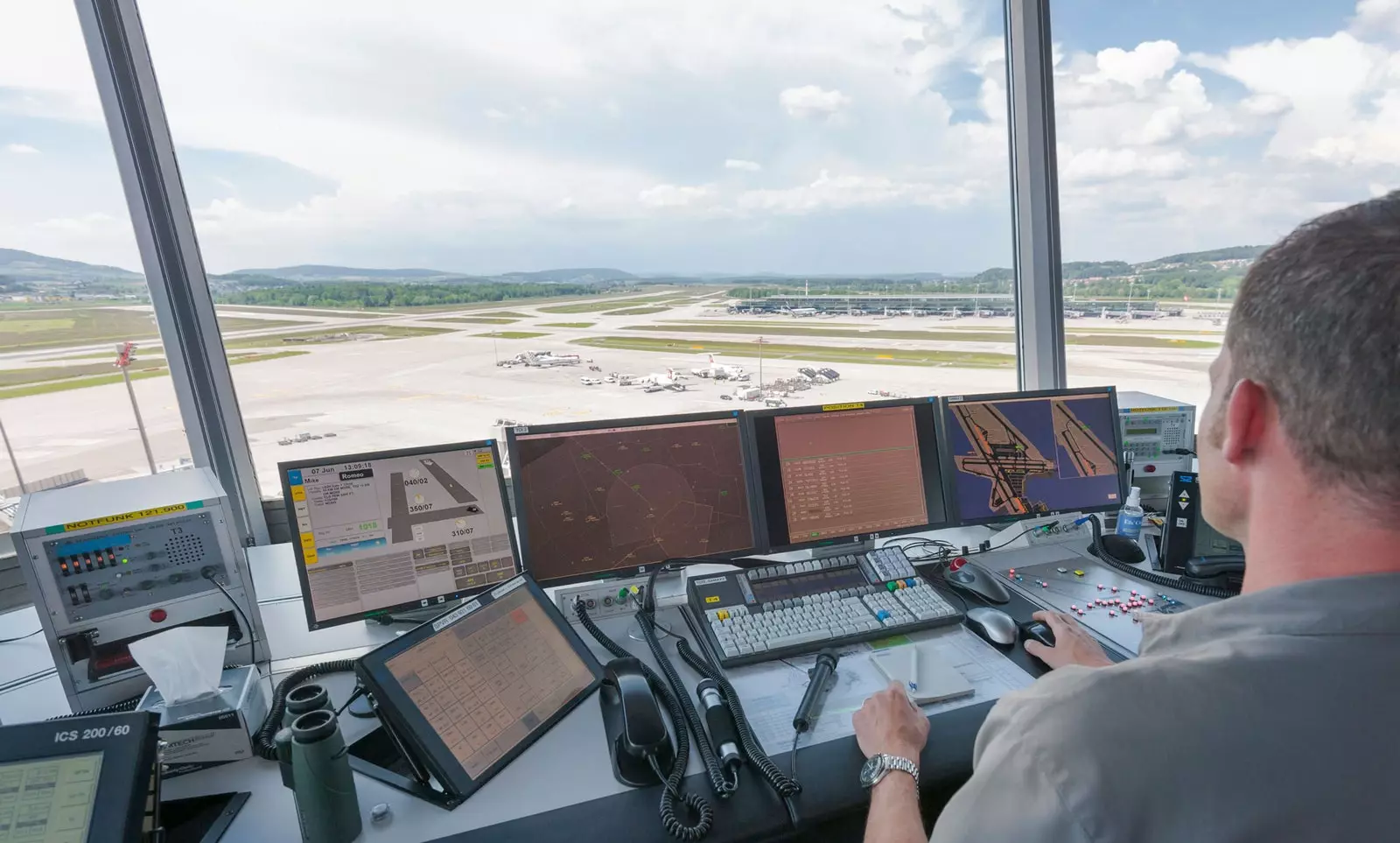
"Defining a normal day is not easy"
